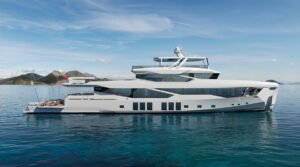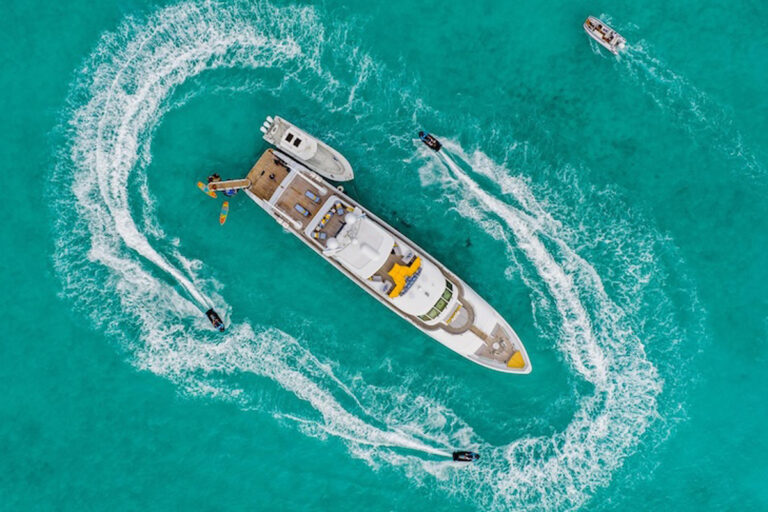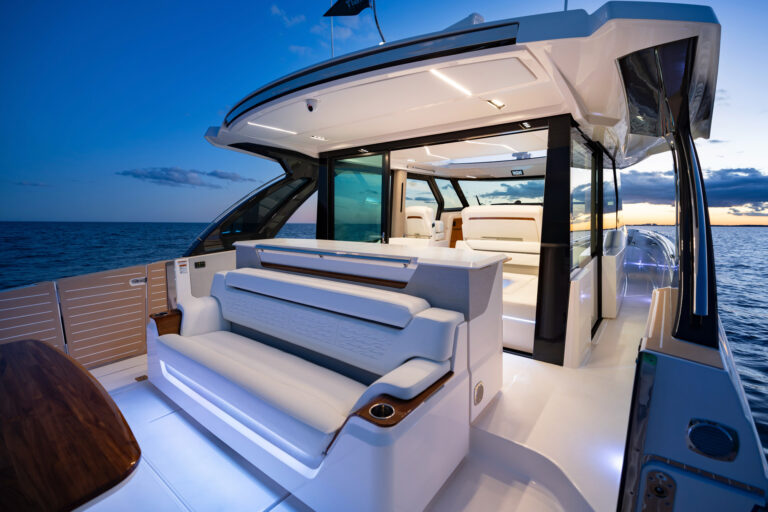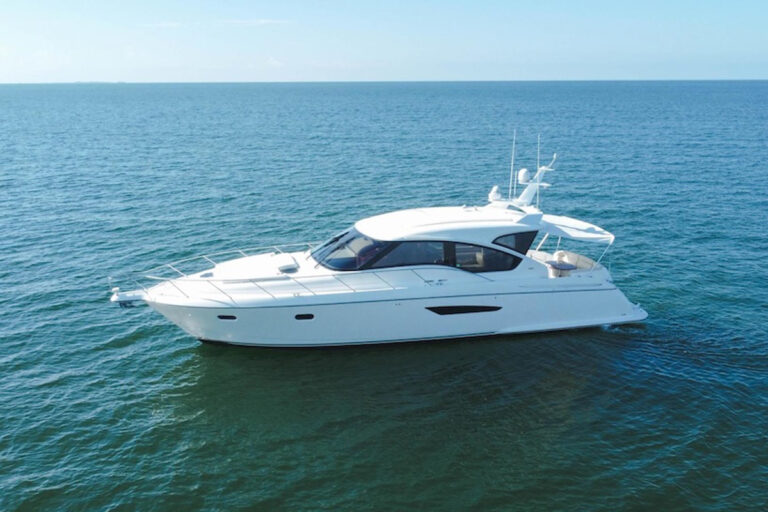
Picchiotti 164: Exuma
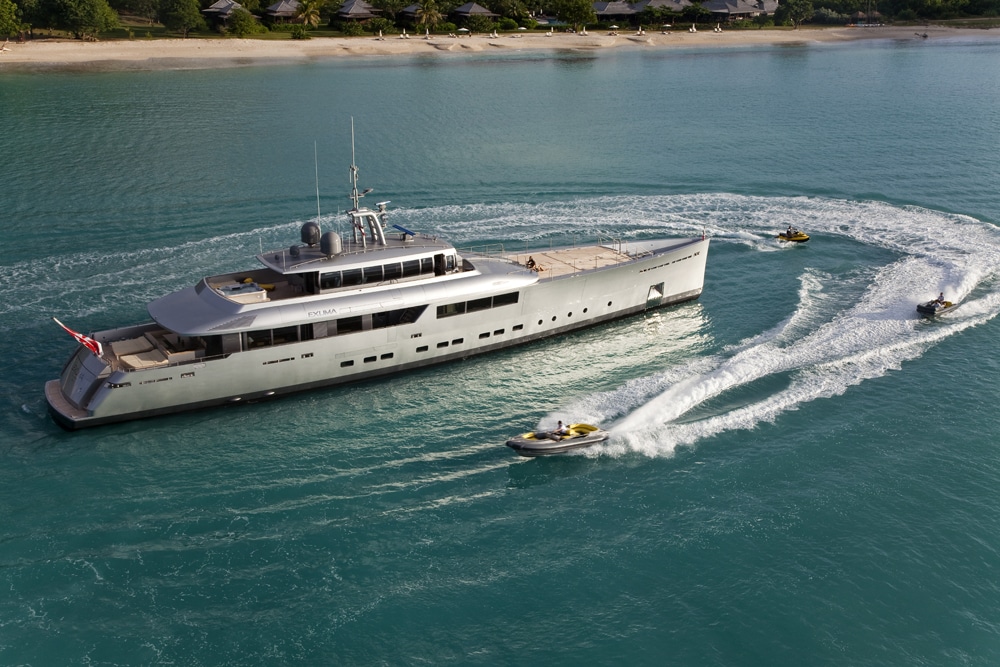
Picchiotti 164: Exuma
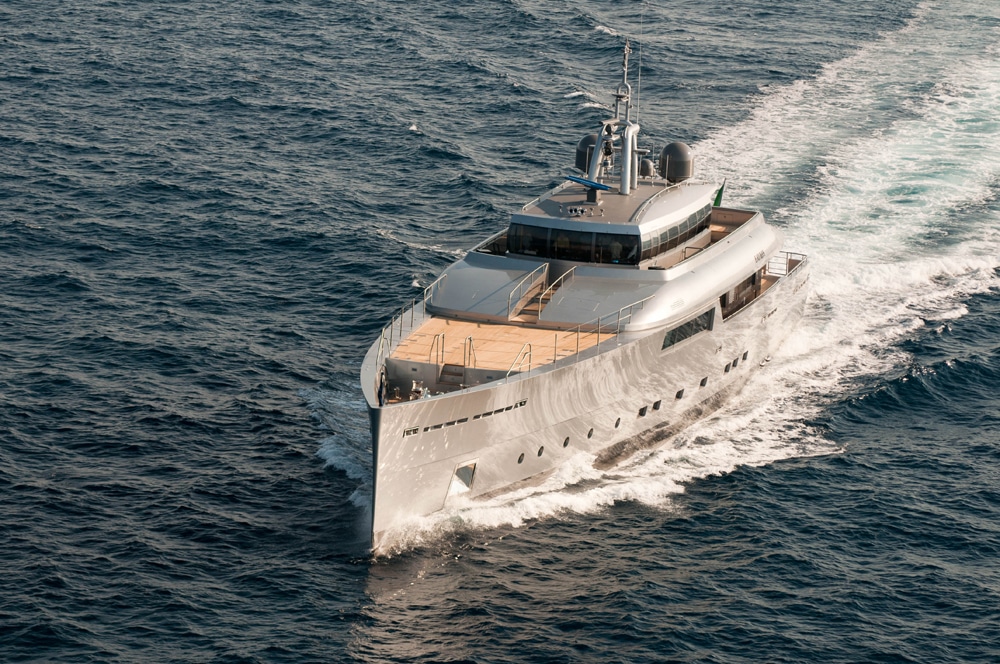
Picchiotti 164: Exuma
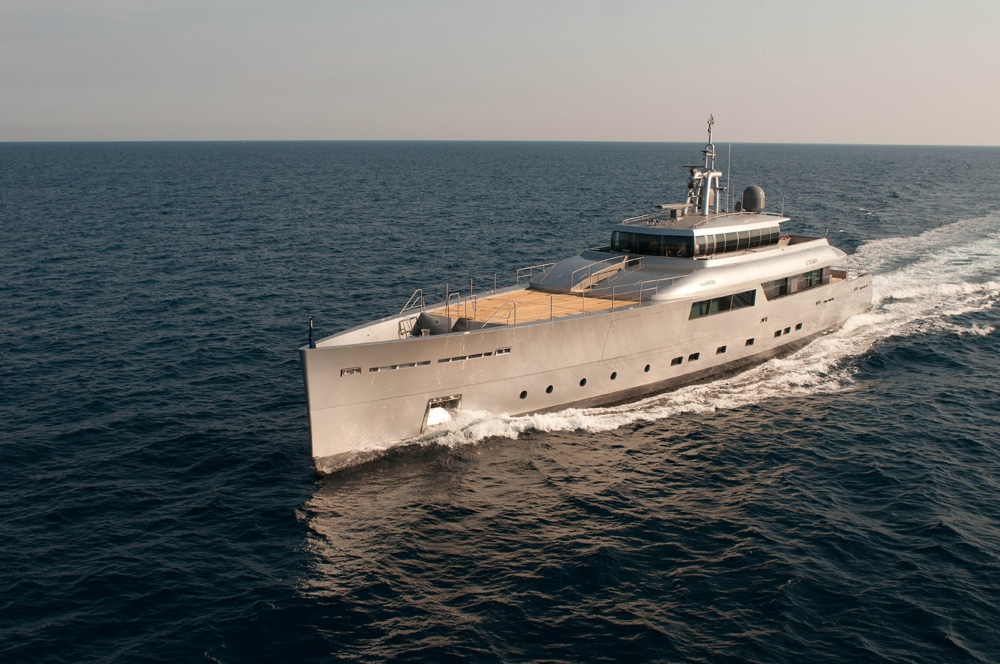
Picchiotti 164: Exuma
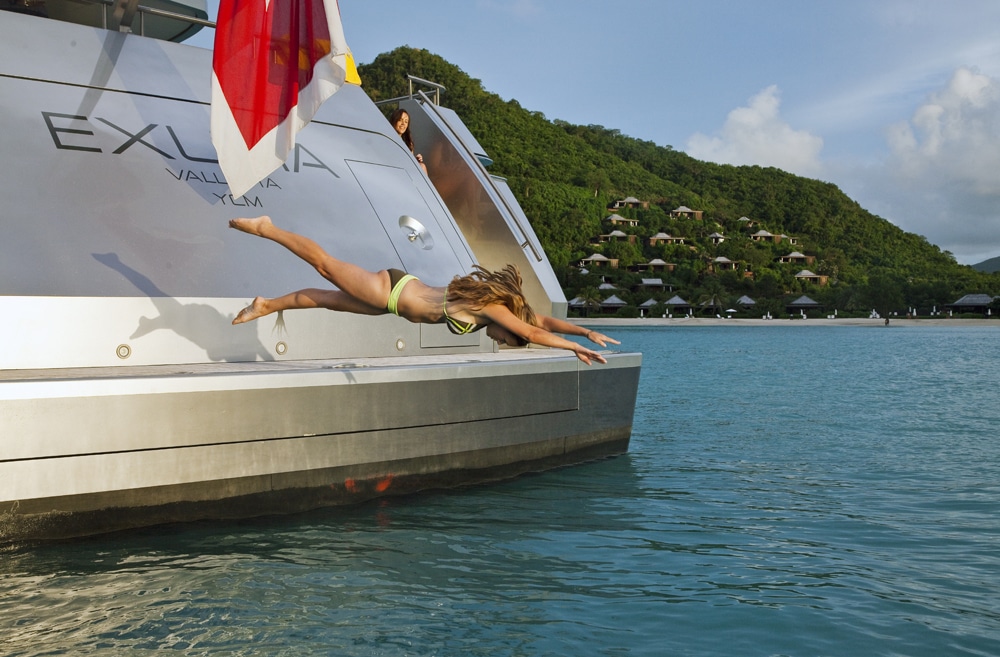
Picchiotti 164: Exuma
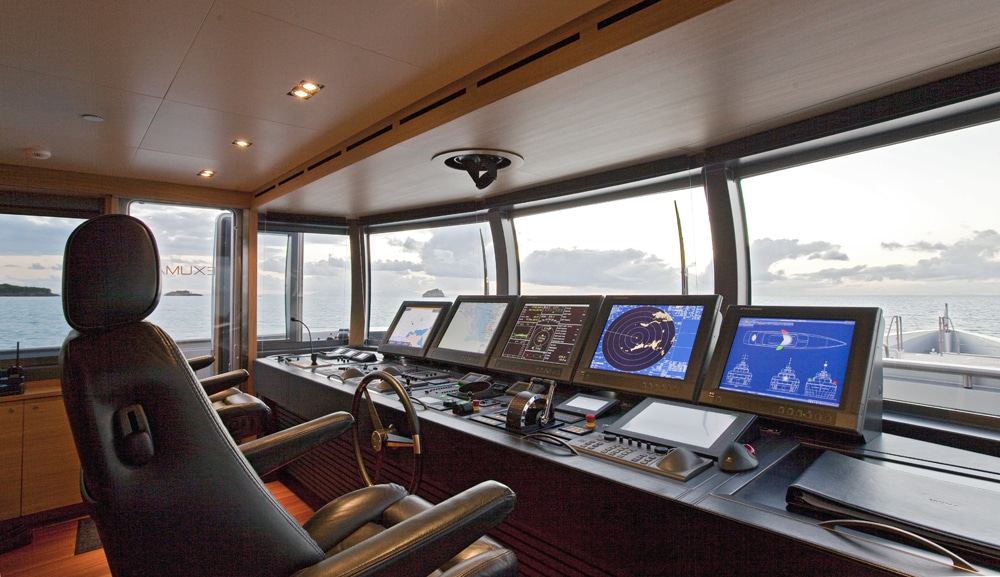
Picchiotti 164: Exuma

Picchiotti 164: Exuma
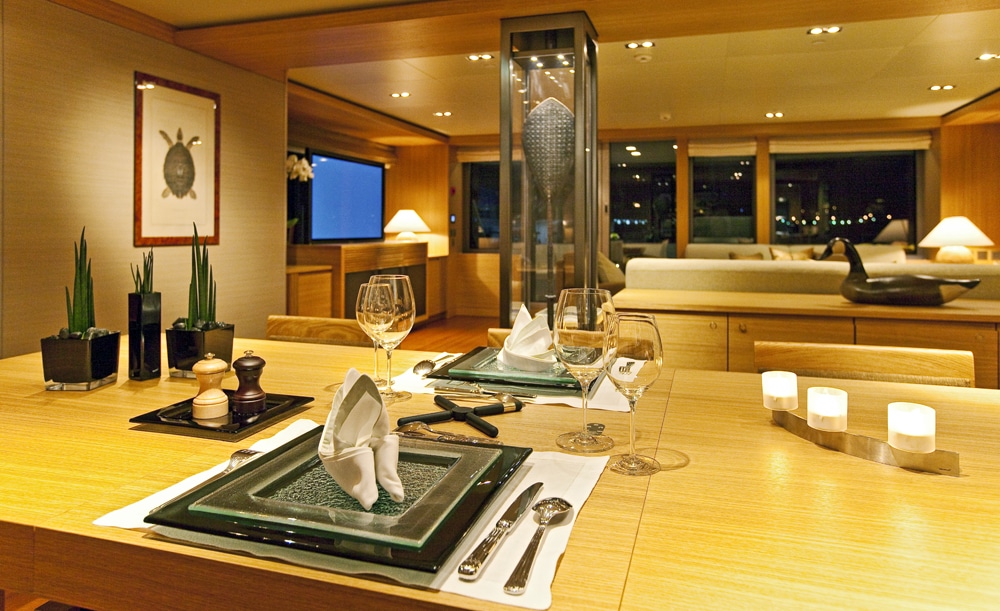
Picchiotti 164: Exuma

Picchiotti 164: Exuma

Picchiotti 164: Exuma
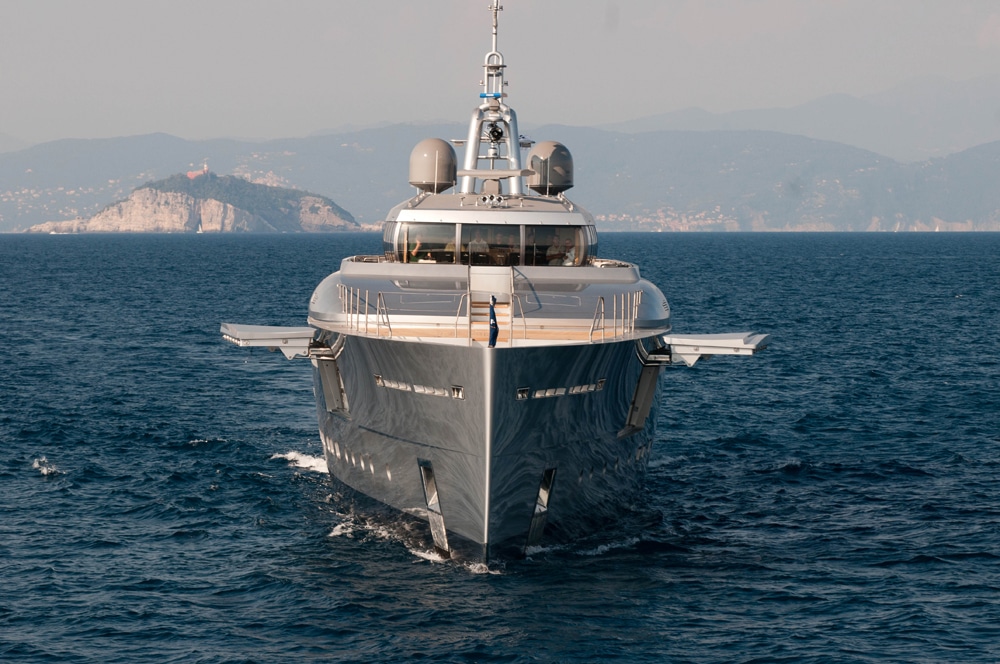
Picchiotti 164: Exuma

Picchiotti 164: Exuma

Picchiotti 164: Exuma
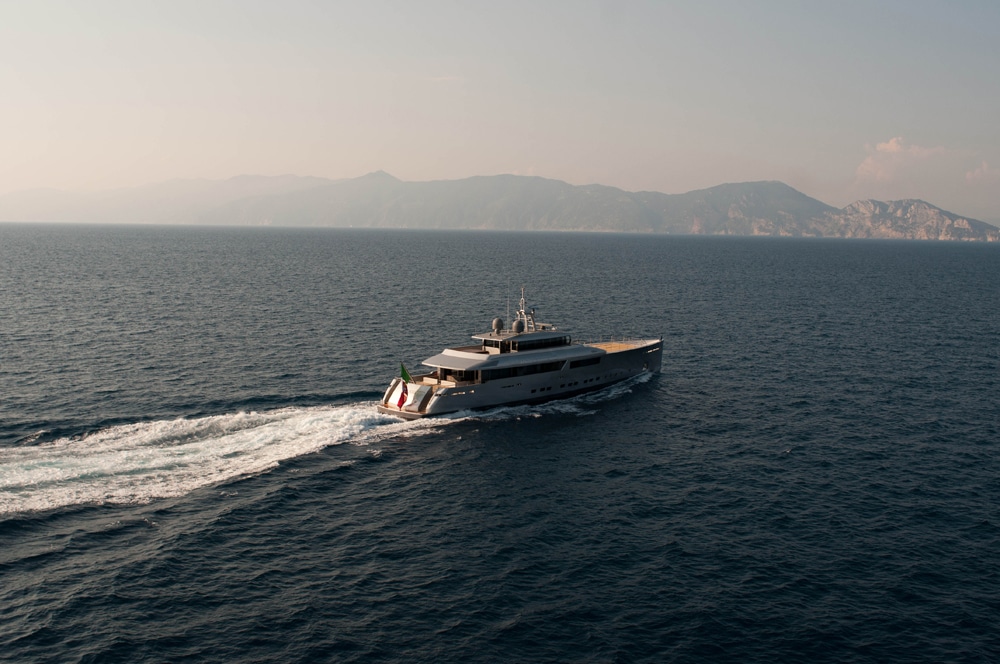
Picchiotti 164: Exuma

Picchiotti 164: Exuma

Picchiotti 164: Exuma
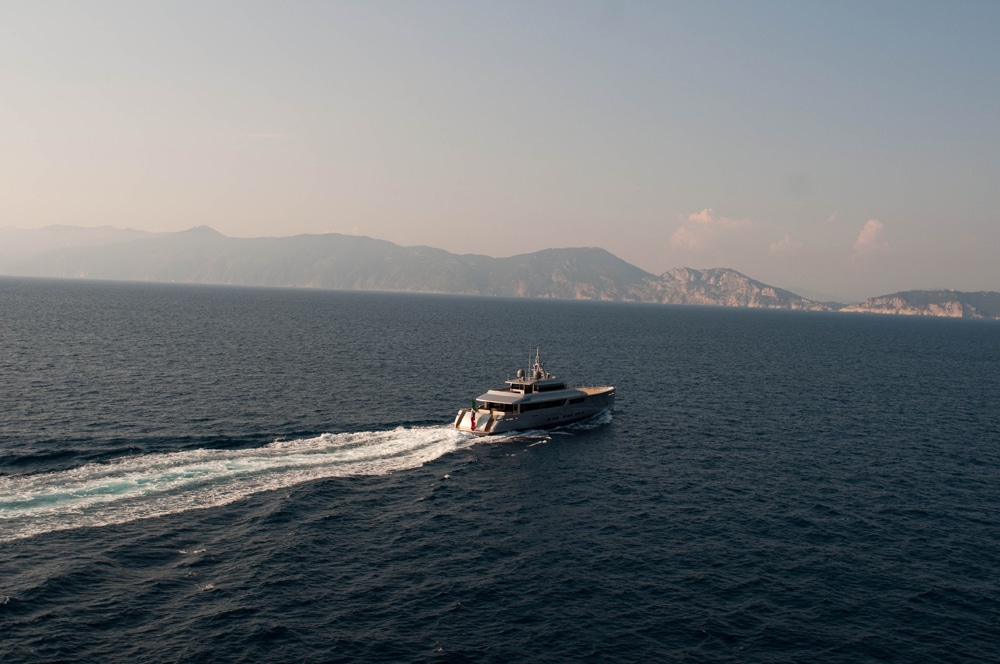
Picchiotti 164: Exuma

Picchiotti 164: Exuma
Chances are if you have the means to possess a pioneering vessel like Exuma — the 164-foot expedition yacht built by venerable boatbuilder Perini Navi at its Picchiotti shipyard — then you’re not the type to recoil from risk. In fact, it’s safe to say that the whole “risk equals reward” mantra is embraced with overzealous enthusiasm by this sort. If history is kind to these risk takers, the successful ones will be viewed as visionaries — individuals who cast convention aside and blazed a trail, leading others to think differently and recognize that greatness is rarely found on the well-worn path. What makes Exuma so special is that she is the culmination of varying concepts from several strong-willed visionaries — led toward launch day by an experienced owner who knew precisely what he wanted in a yacht intended to explore the far reaches of the globe.
“I had signed up with a sailboat designer who had never designed a motoryacht, and with a builder of sailing yachts that had never before built a motoryacht,” chuckled the Belgian owner as he explained the genesis of the project during sea trials off La Spezia, Italy. The collaborators he referred to were noted naval architect Philippe Briand and sailing superyacht builder Perini Navi, respectively.
“But my confidence was high because people who design and build sailing yachts are always striving for an efficient hull that offers lightness and minimal drag.” Well, judging by the end result, his gamble paid off in spades.
Exuma’s owner — who had circumnavigated with his previous boat — was in search of his next project just as Briand was developing the Vitruvius series of explorer yachts. With America’s Cup boats, a host of successful production sailboats and large custom sailing yachts such as Perini Navi’s P2 to his firm’s credit, Briand began to set his sights on creating an economical, long-range cruiser intended to ply the world’s oceans. Briand’s foray into motoryacht design is an obvious evolution from performance sailboat design, utilizing the basic shared engineering principles necessary for a successful long-range cruiser. It’s a matter of wetted surface and creating a slippery hull that will glide through the water with the least amount of drag.
After Briand completed the initial design stage for the owner, Perini Navi — which was looking to relaunch its historic Picchiotti brand of motoryachts — was selected as the builder. The fact that Briand already had a strong working relationship with the shipyard was no small matter either.
During the christening party in La Spezia, Exuma hung in her slings at the end of a long red carpet like a bucking bronco locked in a pen. Like nearly all the guests, I was drawn to the plumb axe bow, which sported a razor-sharp entry. The basic design principle behind the axe bow is that it extends the waterline while slicing through large waves with less resistance. The increase in running efficiency allows for smaller engines, with greater fuel efficiency, and thus more range. Moreover, the reduction in reserve buoyancy compared with that of a large flared bow results in less pitching while pounding through the big head seas that Exuma is sure to encounter during her planned circumnavigation. The one drawback with an axe-bow design is a tendency to create wetness, since there is a lack of flare to cast away spray. However, with a wheelhouse placed almost at amidships, and a clean foredeck, this won’t be an issue on Exuma.
Another noticeable underbody element is the two smaller bilge keels fitted abaft the fins of the Quantum Zero Speed 1500 XT stabilizers. These are intended to provide additional stability. A centerline keel ends just before the struts. Skewed five-blade props and twin Caterpillar C32 diesels push Exuma to a top speed of 16.5 knots and a cruise speed of 12 knots. A range of 5,500 miles can be achieved at 12 knots, according to the builder. In the wheelhouse, as we left the historic harbor of La Spezia, my mind wandered from the Mediterranean to the Pacific, imagining a long Pacific leg from Panama to the Marquesas, an easily achieved prospect.
For a naval architect like Briand, with a keen eye for aesthetics and pure design, creating a 50-meter motoryacht that looked like a wedding cake — stacked from stern to stem with multiple decks and landings — was not an option. The series name Vitruvius references Leonardo da Vinci’s famous drawing of the human body. It demonstrated da Vinci’s devotion to proportions and man’s relationship with nature. Briand explained with softspoken eloquence — like a proud father would share tales of his child — that it was with these principles in mind that he began to conceptualize Vitruvius. He was not shackled by conformity to the go-to design convention of six staterooms, a theater, a disco, marble foyers on every deck and a bar in every corner.
As the design brief between the owner and Briand developed, Briand certainly needed to address some, shall we say, unique hurdles. Challenges made more … well, challenging, by the fact that Exuma has a small length-to-beam ratio. In order to satisfy the off-the-beaten-path cruising itinerary, the owner knew he needed landing craft better suited to his goals than the standard RIB. How about a hovercraft and an amphibious diesel truck? That’s right. Come on, you can’t land and explore the Moai statues of Rapa Nui, Easter Island, with a typical inflatable tender and a folding bicycle. No, you need to assault that beachhead!
In keeping with the Vitruvius brief, placing these toys in a voluminous, full-beam stern garage was not an option. The proportions would not work. Instead, the garage for the 16-foot amphibious truck and hovercraft are forward on the main deck. In other, more conventional 50-meter designs this area would most likely be reserved for a multi-room owner’s suite — more on that later. On Exuma, however, that’s not part of the mission. Exploring and looking good are. Forward of these garages there’s additional space for a RIB and a PWC.
“You can make this space different on future builds,” Briand said. “Not everyone is going to want a hovercraft and an amphibious truck.” During my yard visit, a 55-meter Vitruvius was under construction that would not carry the same assortment of toys.
This willingness to build to a demanding owner’s requirements is certainly what made Perini Navi one of the premiere builders of large custom sailboats — it created the category, along with select Dutch and New Zealand yards. And after spending some time on Exuma in Italy, and most recently in Antigua, I can say that packing in more interior accommodations is not necessary. Personally, I would hesitate to sacrifice the clean design principles in order to accommodate another stateroom.
The flush deck that lies above the massive stowage in the forward tender garages is just three steps down from the protection afforded by the Portuguese bridge. The large expanse of teak, uninterrupted by additional settees, tables and lounges on the forward deck, tends to take your breath away, especially under way. At anchor, watching the sun set from a few deck chairs here will improve anyone’s relationship to nature.
Abaft this area is the highly functional wheelhouse, which is served by wing controls on both sides. The outward curve of the wraparound windows reminded me slightly of the Martin Francis-designed Eco, which later found its way into Larry Ellison’s stewardship. Not only does the treatment look striking perched atop the graphite-colored aluminum hull, but it also opens up the line of sight. Three helm chairs serve the all-business dash, while the ship’s office is aft and to starboard, allowing for a smaller, intimate skylounge farther aft, which includes plenty of bookshelves, a flatscreen television and access to the upper-deck pantry.
The theme of sensible proportions continues through to the shaded aft deck, with sun pads and large Jacuzzi. But wait, where’s the next level, the sun deck stuck on top of the wheelhouse like a crooked bride and groom on a five-layer wedding cake? There is none, which helps create the extremely streamlined profile. I loved it.
The lower aft deck features two large L-shaped settees and teak tables that can extend for all-hands dining. Walking through the salon doors, my first reaction on each occasion was simply to think, “Ahh, serenity now.” The soothing, neutral palette of the white oak doesn’t jar the senses, which will allow the scenery that streams through Exuma’s windows during her adventures to play the leading role. Perini Navi’s in-house designer created a layout that flows easily from the salon to the forward dining room, and on through the forward master stateroom. The artwork gathered by the owner on previous voyages is peppered throughout the interior, reminding you that this lady is ready for adventure.
Three additional staterooms and a gym are on the lower deck, along with a full-service galley. The small engines are placed abaft amidships and are served by a top-notch engineer’s station behind the generators. Further aft, an additional tender garage in the stern holds the second RIB.
At this writing, Exuma is in the Pacific and on her way around the world. If you want to experience this magical craft during the voyage, she is also available for charter. You may wish to spend two weeks though: the first week to kick back and relax, and the second week to plan your own Vitruvius.
LOA: 164’0″
Beam: 31’2″
Draft: 7’7″
Displ.: 440 tons
Fuel: 19,812 gal.
Water: 17,000 liters
Construction: Aluminum
Design: Philippe Briand
Interior: Perini Navi
Engines: 2 x Caterpillar C32 diesels
Generators: 2 x 115 kW Caterpillars, 1 x 86 kW Caterpillar
Stabilizers: Quantum Marine QC 1500, Zero Speed
Bow Thruster: Van der Velden, retractable
Watermaker: 2 x Idromar
Speed: 16.5 knots max, 12 knots cruise
Range: 5,500 miles at 12 knots
Picchiotti, +39-0187-28371; www.perininavigroup.it



